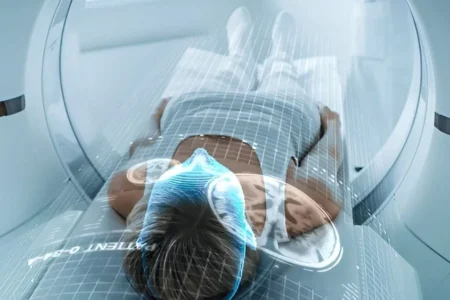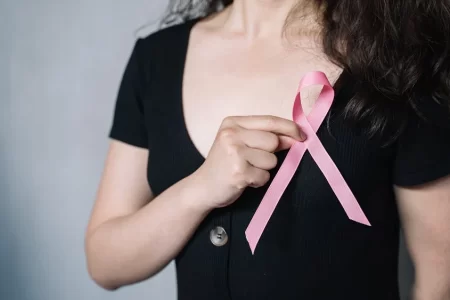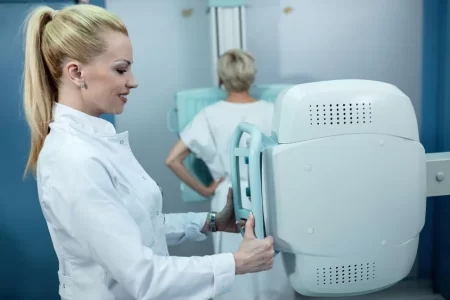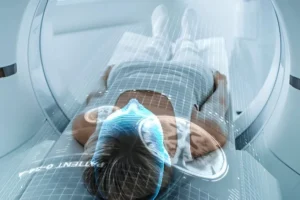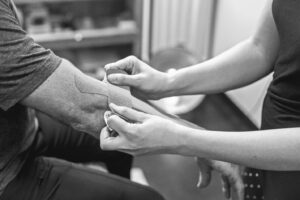Breast Cancer While You Are Breastfeeding
- Updated on: Jul 29, 2024
- 3 min Read
- Published on Nov 16, 2020
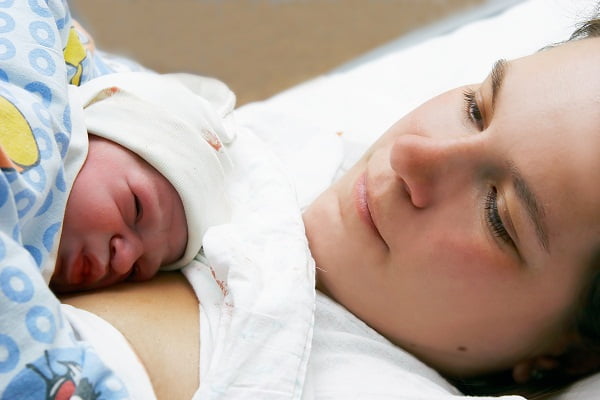
Breastfeeding and Breast Cancer
Breastfeeding has a protective effect on reducing the risk of breast cancer, as per many studies. The risk reduction is directly dependent on the time. The longer periods of breastfeeding shows more benefit. One study also suggests that the risk is further reduced if a little girl is breastfed, and then she breastfeeds her own children too.
Women can reduce their risk of developing breast cancer during their lactation period, although it is very rare. Breastfeeding mothers account for 3 percent of all breast cancer cases. In this case, the diagnosis is found to be delayed because the symptoms of cancer match with the symptoms when a mother lactates. In both cases, the breast of a woman becomes lumpy and tender. Thus, doctors get distracted by the fact that a woman is breastfeeding, and they fail to take immediate against those suspicious masses.
Read About Association of Breastfeeding With Breast Cancer
Symptoms of Breastfeeding & Breast Cancer
It is important to know how to differentiate the symptoms of breast cancer from lactating breasts. The major symptoms of lactating breasts include:
- Lactating breasts have plugged ducts and mastitis.
- They are tender, smooth, round, and movable.
- The above symptoms should go away within a few days with appropriate treatment.
- Warning signs for breastfeeding breast cancer may include:
- The lump or mass is fixed (they don’t move).
- There is puckering of the skin over the mass.
- The mass doesn’t resolve even after treatment for plugged ducts, mastitis, or abscess.
- The lump continues to grow.
- Spontaneous clear or bloody nipple discharge is usually reported.
- Repeated episodes of mastitis in the same area of the breast because of an underlying problem (such as a tumor).
- Sometimes a rare form of breast cancer may appear, which is characterized by redness in the breast with no fever.
Diagnosis of Breastfeeding & Breast Cancer
The breast cancer diagnosis for women who are lactating is challenging because of the following factors:
- Breastfeeding causes issues that are very similar to the symptoms of breast cancer.
- Doctors may not test a woman for cancer if she finds a lump while breastfeeding because it is normal during the lactation period.
- Mammograms and other breast ultrasounds do not give 100 percent accurate results during lactation.
The following procedures are undertaken to diagnose breast cancer while breastfeeding:
Mammograms
It is the process of using low-energy X-rays to examine the human breast for cancer. This process is safe to be performed on pregnant or lactating breasts. The breast should be well emptied just before the mammogram test for accurate results.
Ultrasound
Ultrasound is another well-suited method for pregnant or nursing mothers for examining breast lumps.
Biopsy
A hollow needle is used to aspirates material out of a lump. The cells of the material taken out are examined for cancer. A biopsy is the most invasive procedure, and the scar tissue must be reduced because it may complicate the lactation process. For this, the surgeon makes a radial incision, which is less damaging to the breast.
Treatment of Breastfeeding& Breast Cancer
Possible treatments may include the following:
Surgery
Surgery is necessary to remove the cancerous growth. Surgery may involve surgical removal of a single breast (mastectomy) or removing both breasts (double mastectomy). Whether the mother can continue breastfeeding or not depends on the extent of surgery
Chemotherapy
Chemotherapy uses strong medications to destroy cancer cells within the body. Women undergoing chemotherapy are asked to stop breastfeeding.
Radiation
Some women undergoing radiation treatment may be able to continue breastfeeding, depending on the specific type of therapy. Women can breastfeed with the unaffected breast if one breast is only affected by breast cancer.
Some of the side effects that lactating mothers face after the treatment of breast cancer may include:
- Fatigue
- Weakness
- Pain
- Nausea
- Weight loss





